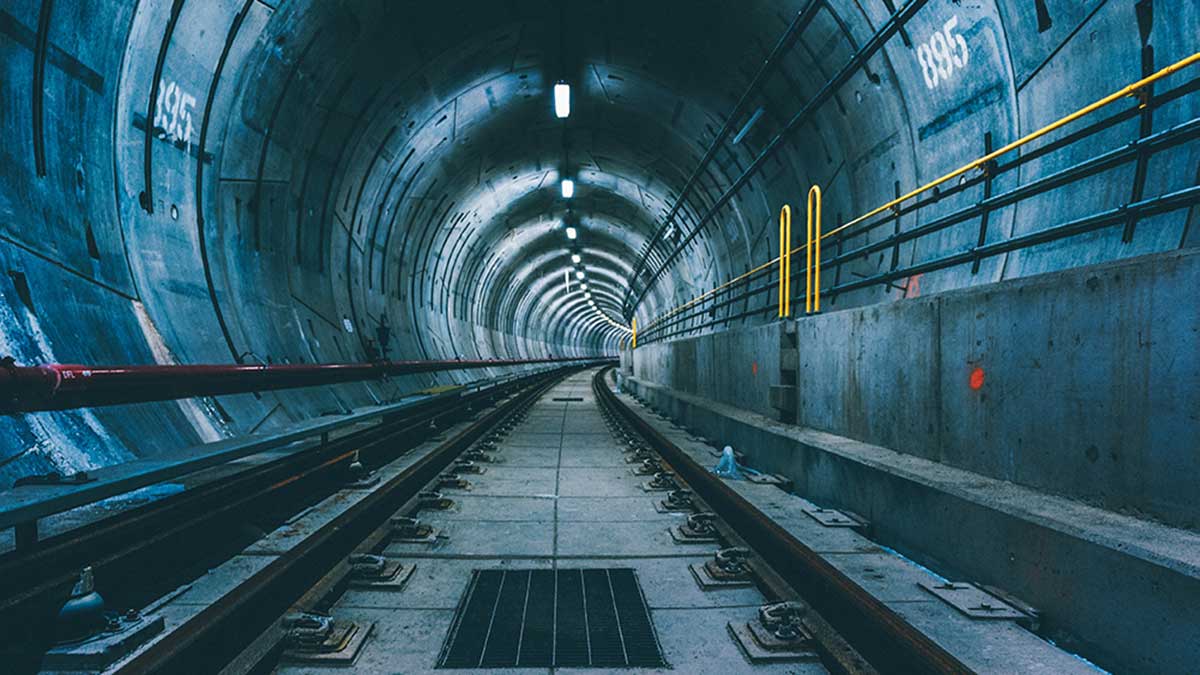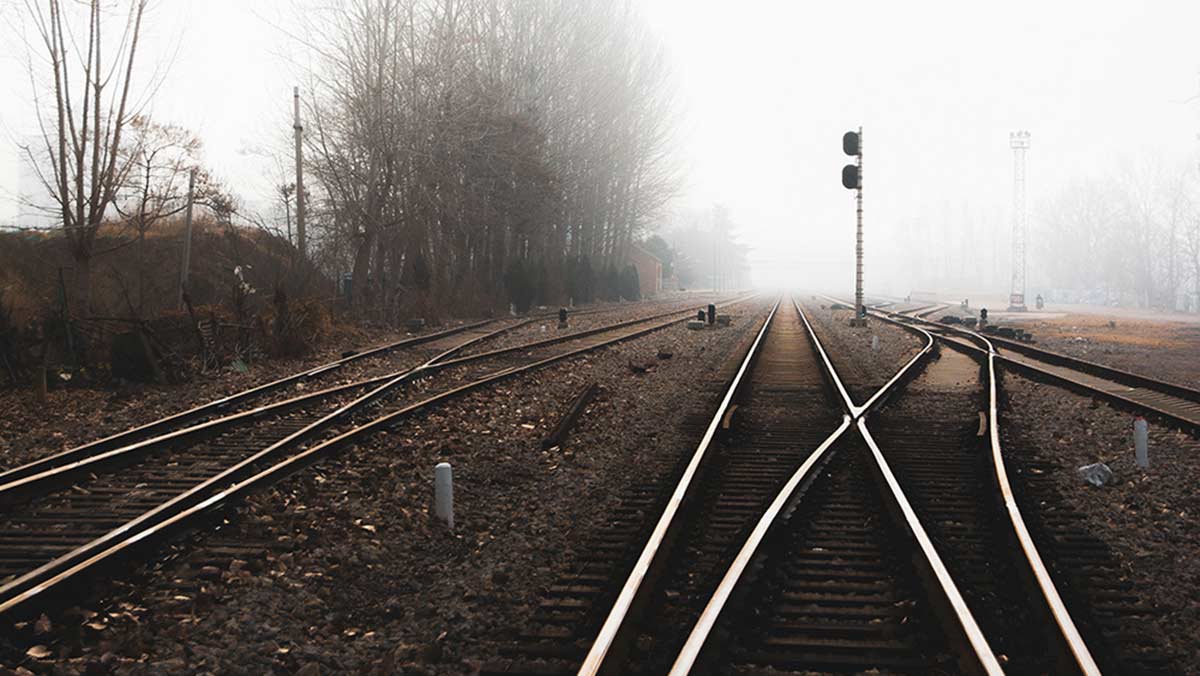
Caltrans (The California Department of Transportation) recently released a research report that details the impact of the railway industry on the states economy. The report is an early research product supporting the 2018 California State Rail Plan and provides an overview of opportunities for how railway can address the states needs and challenges in the future.
The state of California depends on its railway network to move people and goods. California is today the 6th largest economic centra in the world and it is expected to grow from 39 million people to 50 million in 2020.
The efficiency of the railway is critical to the goals California has set for:
- Travel safety
- Environment protection and air quality
- Travel delays
For the typical commuter, railway services is a preferred way of traveling and the states seaports (among them the 3 “megaports” Los Angeles, Long Beach, and Oakland) depend on the railroad network for transporting goods to and from the busy ports.
While the railway industry generates economic benefit, it also faces challenges that constrain its potential. Shared right-of-way leads to operational conflicts that increase delay, reduce reliability and limits the ability to increase frequency of passenger services. Improving the shared right-of-way for passenger services involves gradual increases in cost, until certain thresholds are reached that require major lump-sum investments, for example separate tracking.
A number of issues that the California State Transportation Agency and Caltrans currently face are:
- How to integrate the current rail passenger system with the High Speed Rail System and with urban transit systems.
- Finalizing the California Freight Mobility Plan, which is intended to guide freight related capital investments across all the modes that relate to the movement of freight.
- Shifting freight traffic from truck to rail to lower carbon emissions.
To resolve these issues, railway infrastructure managers need to invest in new rail control systems to support the demands of increasing the traffic capacity. By replacing existing legacy systems with new digital rail control you can reduce headway and thus increase traffic capacity.
Software automation solutions for digital train control systems enables fast and cost-efficient roll out of these systems as well as ensures safety is maintained.
Here you can read the full report: RAIL and the California economy
Share this article

Learn more about how to develop specifications with Digital Twins
Fill out your information here.
More News & Articles
A significant number of modern metro systems use CBTC for safer and efficient train operations. While the role of CBTC is straightforward, the systems themselves are quite complex.
Prover is growing with a steady stream of new projects. We are now looking for a professional project manager that can help us succeed in delivering value to our customers within time and budget. As Swedish skills is necessary for this position, the description below is in Swedish.
För att passa för rollen behöver du:


